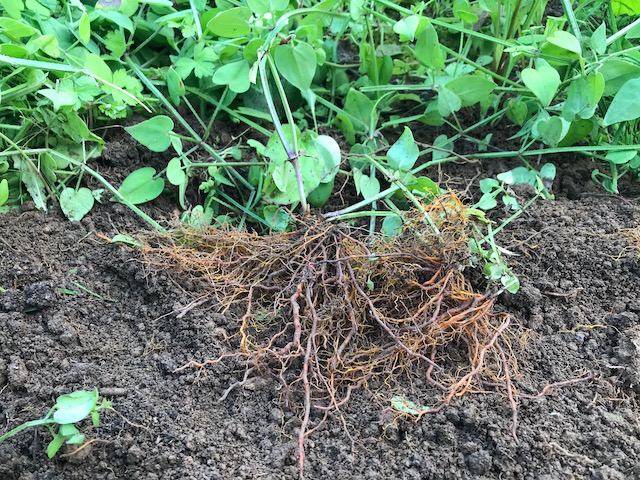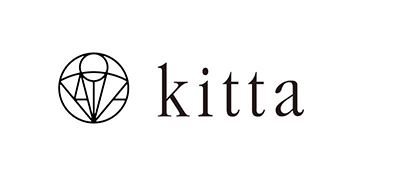日本の赤、茜色、ニホンアカネの保全、育てて染める
ニホンアカネを育て、毎年夏に掘り出して染めて、20年ぐらいになります。白い花が満開になると独自の匂いを放ち、小さな蜂や蝶がやってきて、晩秋にはたくさんの種をつけるので、皆さんに配布しています。
ニホンアカネを使った絹着尺・ウール生地・苧麻布・有機綿の試験染メンバーズワークショップ2023~2025がスタートしました。
北海道から九州まで、各地にニホンアカネは自生しており、地域のメンバー12人が自生種の観察と保全、種からの栽培〜収穫をして、材料と手順は同じにして染色、生育地による色の違い、繊維による色の違いを比較ー測色して分析、研究します。
2002年以降のニホンアカネの自生地図、天然染色ノート、染色試料布、他にニホンアカネと同じ色素プルプリンが主要色素のヒマラヤ地域のアカネ3種も加えます。
Conservation, cultivation and dyeing of Rubia akane, a representative of Japanese red dye plants.
We have been growing Rubia akane, digging it up and dyeing it every summer for about 20 years. When the white flowers are in full bloom, they give off a unique scent, and small bees and butterflies fly to them.
Members’ workshop 2023-2025 has started for trial dyeing of silk kimono cloth, wool fabric, ramie cloth, and organic cotton using Rubia akane.
Rubia akane grows naturally in various places from Hokkaido to Kyushu, and 12 members of the region observe and conserve the native species, cultivate from seed to harvest, dye using the same materials and procedures, and vary depending on the habitat. Color difference, comparison of color difference by fiber – colorimetry, analysis and research.
The natural habitat map of Rubia akane since 2002, the natural dyeing notebook, the dyed sample fabric, and also the dyed cloth of 3 kinds of Rubiaceae from the Himalaya region, whose main pigment is purpurin, the same pigment as Rubia akane.

ニホンアカネ1年、2年根(小樽)

収穫翌日、色素抽出前の準備







